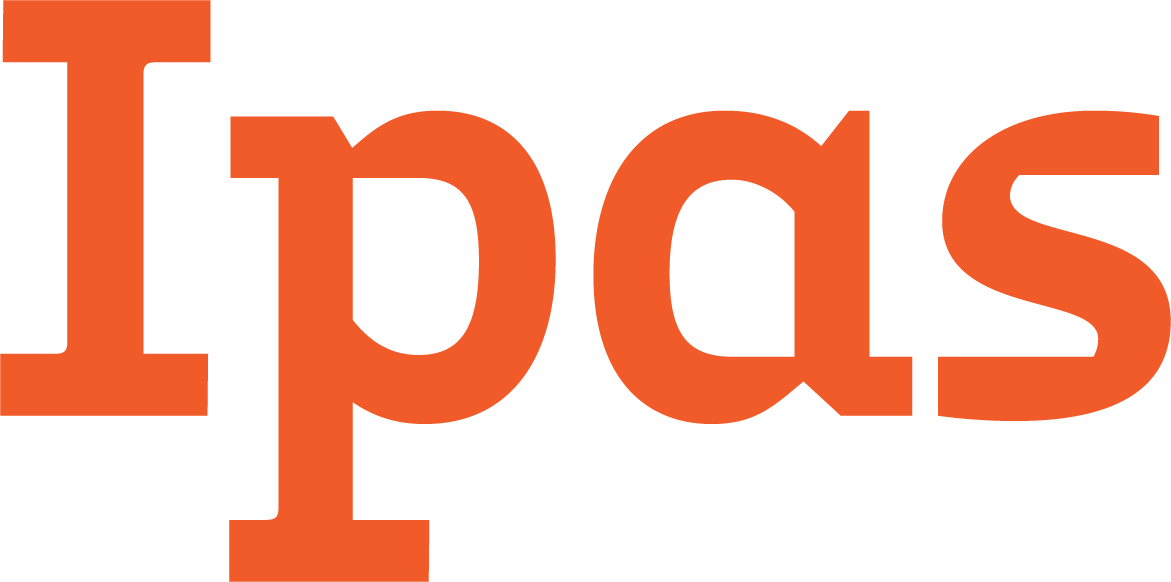From invisible to indispensable:
Recommendations
Our findings clearly and consistently point to recommendations that are relevant for a broad array of audiences–including youth educators and advocates, community groups, schools and education systems, curricula designers, policymakers, funders and governments.
1.
2.
3.
Ensure CSE covers interpersonal communication skills for youth of all identities.
4.
5.
6.
1.
Develop inclusive CSE curricula.
We must work to ensure CSE content includes accurate information, is inclusive of bisexual and pansexual experiences, and incorporates visibility and acceptance of these sexual orientations. CSE programs must address the unique health experiences and disparities of bisexual and pansexual youth without contributing to stigma or harmful narratives.
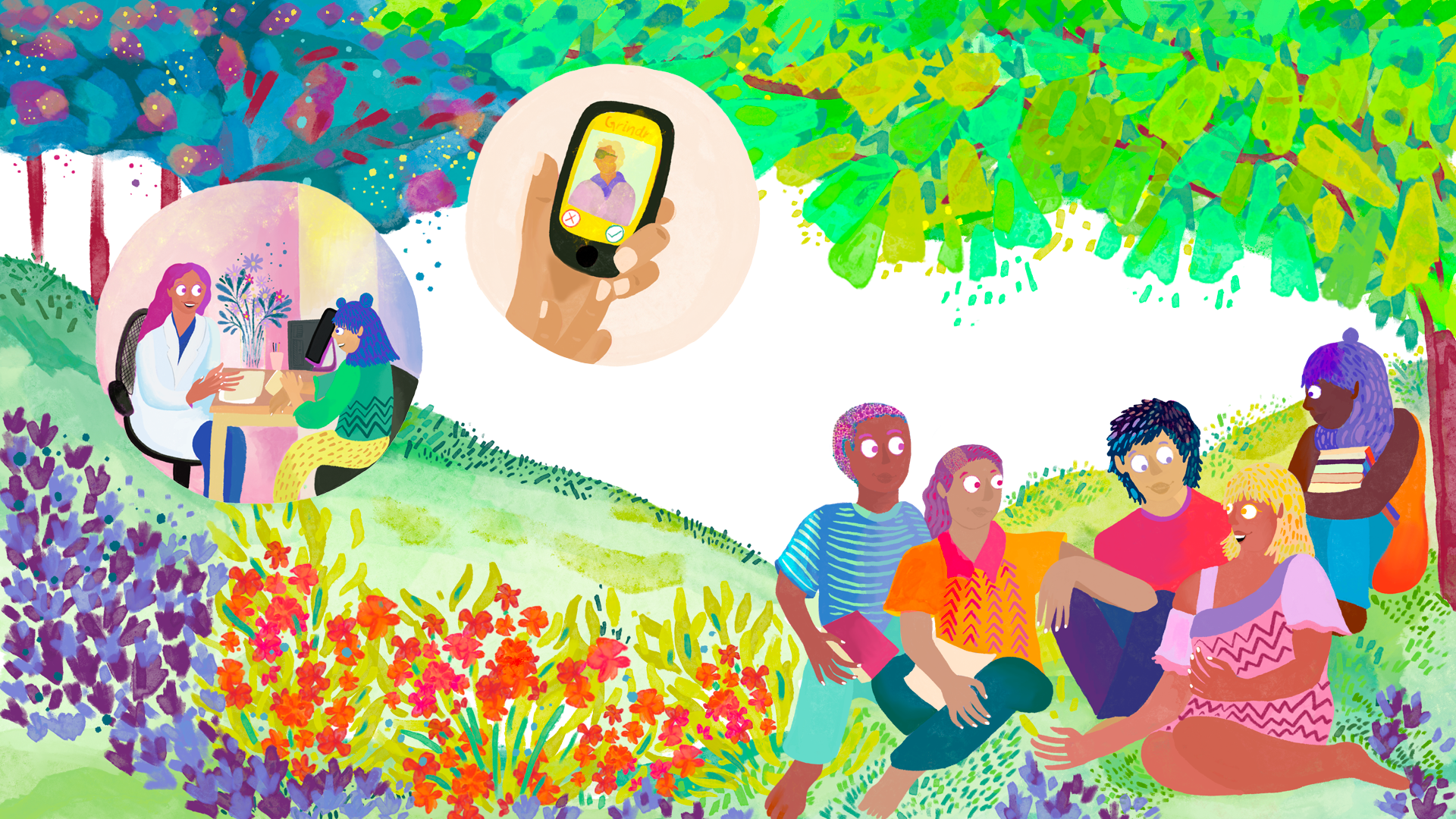
Evidence supports inclusive CSE
An expansive research project in the United States called the Growing Up Today Study included 27,000 participants. The study concludes that it’s critical that sex education programs become inclusive of sexual minorities. The authors also stress that health-care providers should not make harmful heteronormative assumptions about pregnant patients.
“When we focus on harm reduction, we are stigmatizing teens who do get pregnant and kids who do have STIs. Right? We’re absolutely stigmatizing, and we’re also reducing public perception of agency…I’m really always very cautious about coming out with the message of like, ‘We have to do this to protect this vulnerable class’ because I think that, while it can work in the short term, it does sometimes work in the short term, it can have real negative consequences in the big picture. Like, I don’t want to further stigmatize bi and pan kids in the process of trying to help them.”
— White, Jewish, cisgender female, age 50, United States (advocate/educator)
2.
Evaluate CSE curricula for effectiveness within bi and pan communities.
3.
Ensure CSE covers interpersonal communication skills for youth of all identities.
Study participants repeatedly called for CSE to incorporate learning modules on interpersonal communication and relationship building skills, including boundary-setting, consent, and navigating relationships with different partners. (See Resources for advocates and educators for examples of inclusive CSE curricula.)
4.
Help students understand intersectionality, oppression, and how they’re impacted.
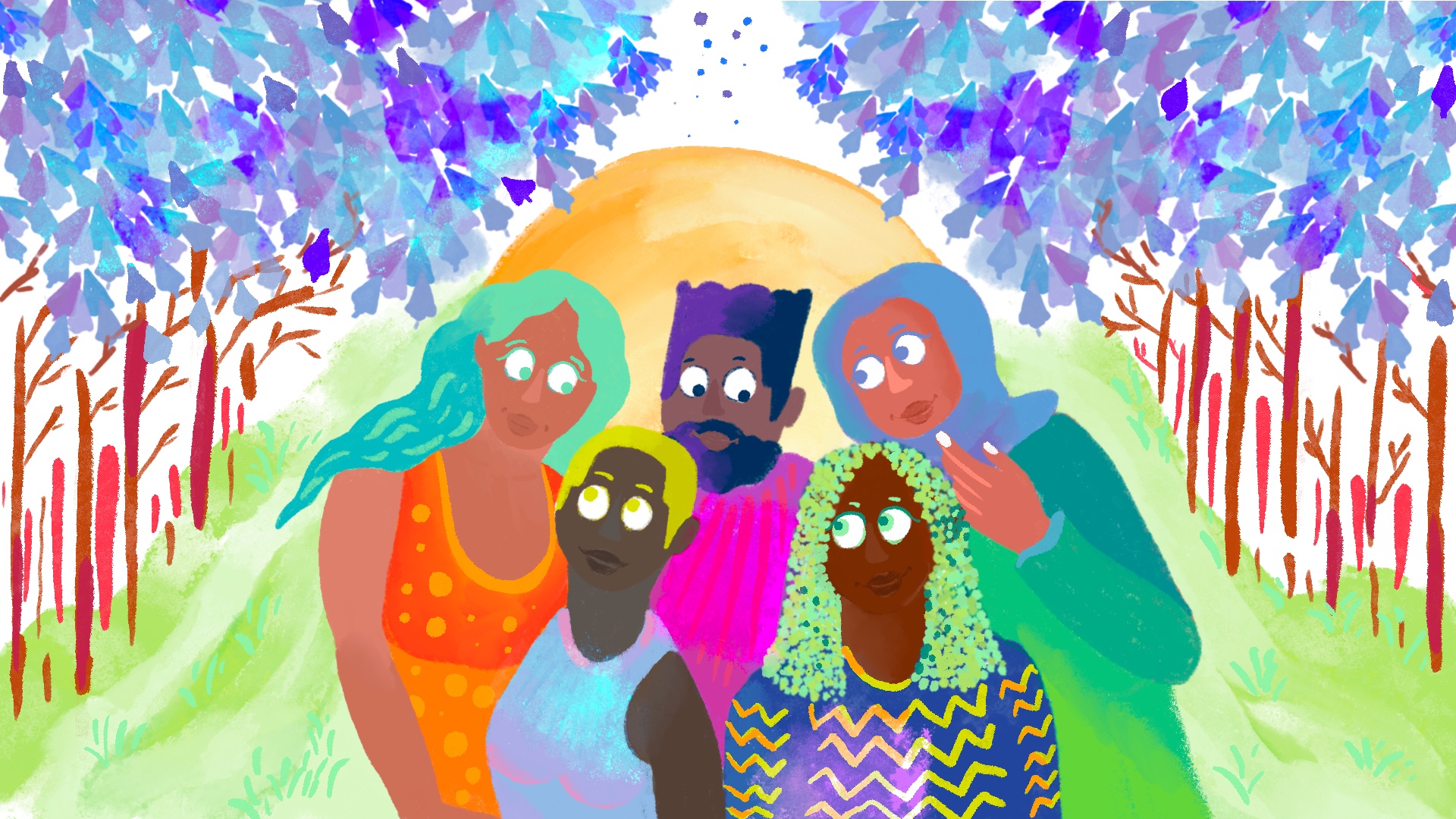
5.
Support youth-led advocacy and initiatives, without expecting young people to do it all themselves.
Young people should be at the front and center of all efforts to make CSE more inclusive. However, young people should not have to “save us all” and schools, community-based organizations and more should offer support accordingly.
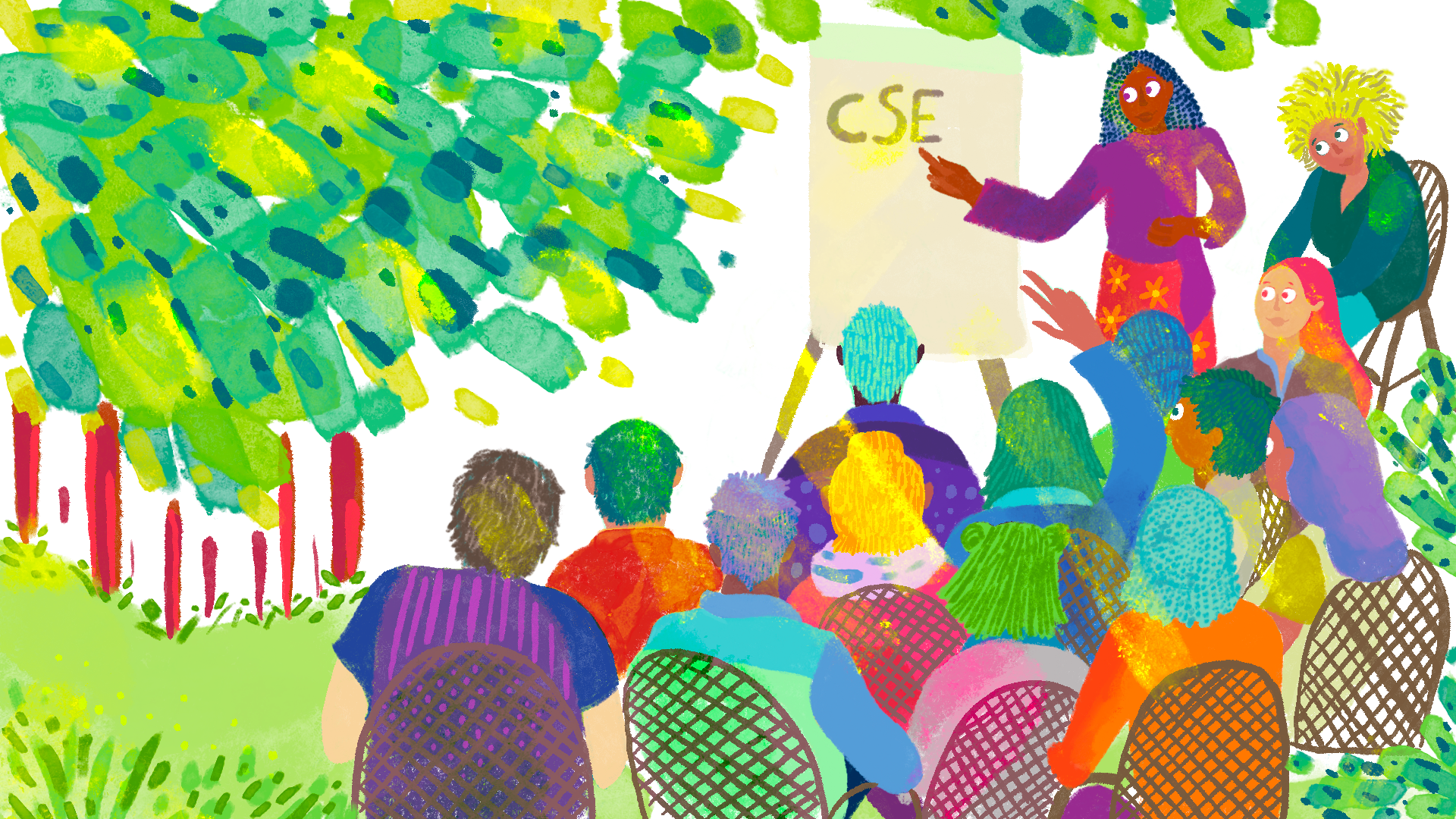
A new advocacy approach
Advocates may want to leverage an approach called deep canvassing to engage in empathetic conversations and build meaningful connections with stakeholders who aren’t yet supportive of CSE. Read more about the Race Class (Gender) narrative and how long-form conversations can help change hearts and minds on progressive issues, including sex education.
“The conversations can take 15 minutes, a half an hour; they’re deep conversations. And it’s incredibly effective. … It’s genuinely about human people being curious about each other and connecting. And so, we’re launching this deep canvassing project to figure out what the script should be for persuading people on sex education. No one has done it before.”
— White, Jewish, cisgender female, age 50, United States (advocate/educator)
6.
Fund organizations doing bi- and pan-inclusive CSE–and trust them to know what students need.
There are already groups doing this important work. They are experts at what works and are building evidence all the time that can be leveraged across all CSE curricula. These groups need financial support to continue and expand their impact.
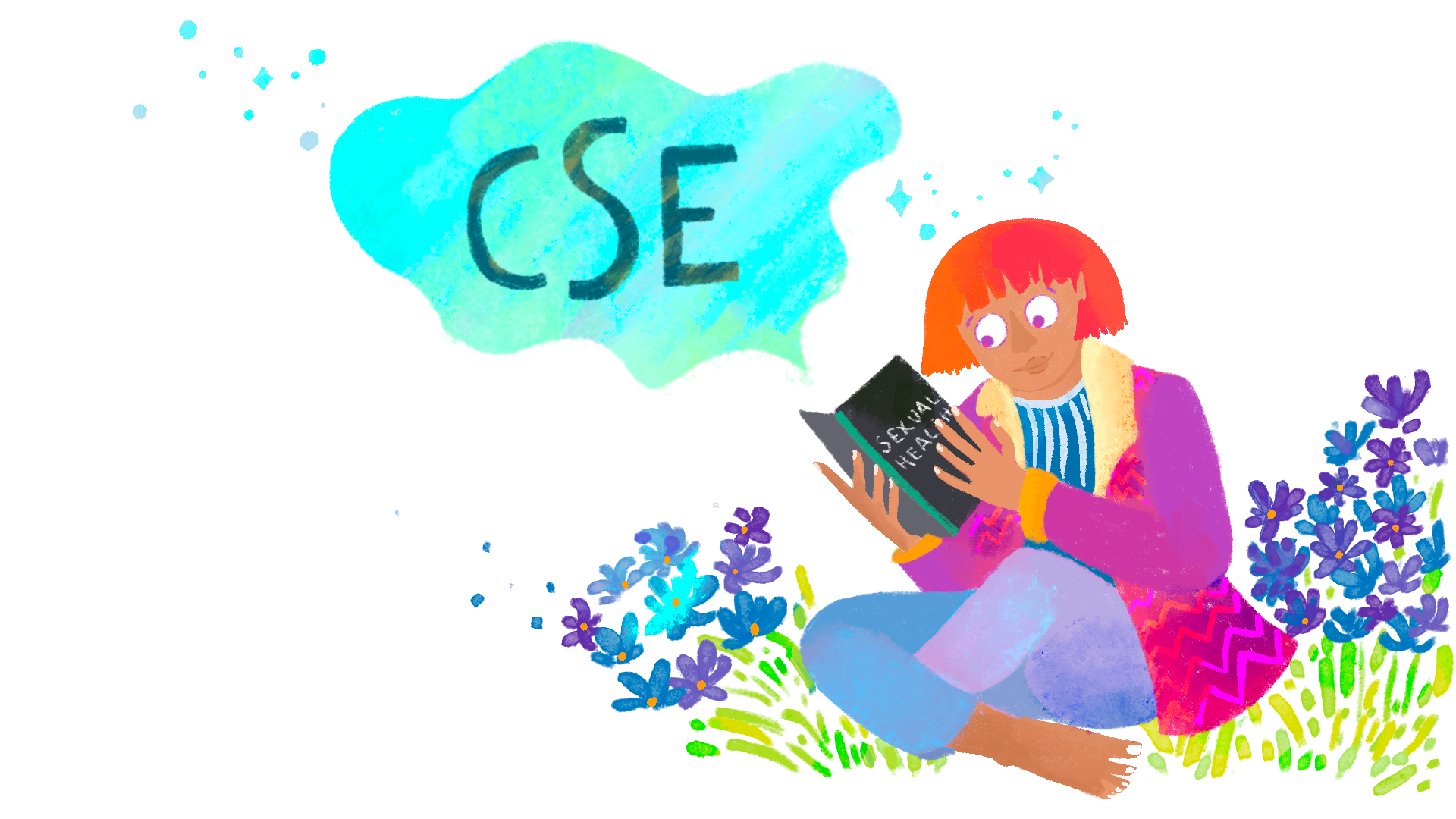
Illustrations by Anusha Raichur
Suggested Citation: Ipas & Political Research Associates. (2023). From invisible to indispensable: New research shows why bisexual and pansexual youth need comprehensive sexuality education that meets their needs. Ipas. https://www.ipas.org/our-work/sexuality-education-that-includes-abortion/from-invisible-to-indispensable/

